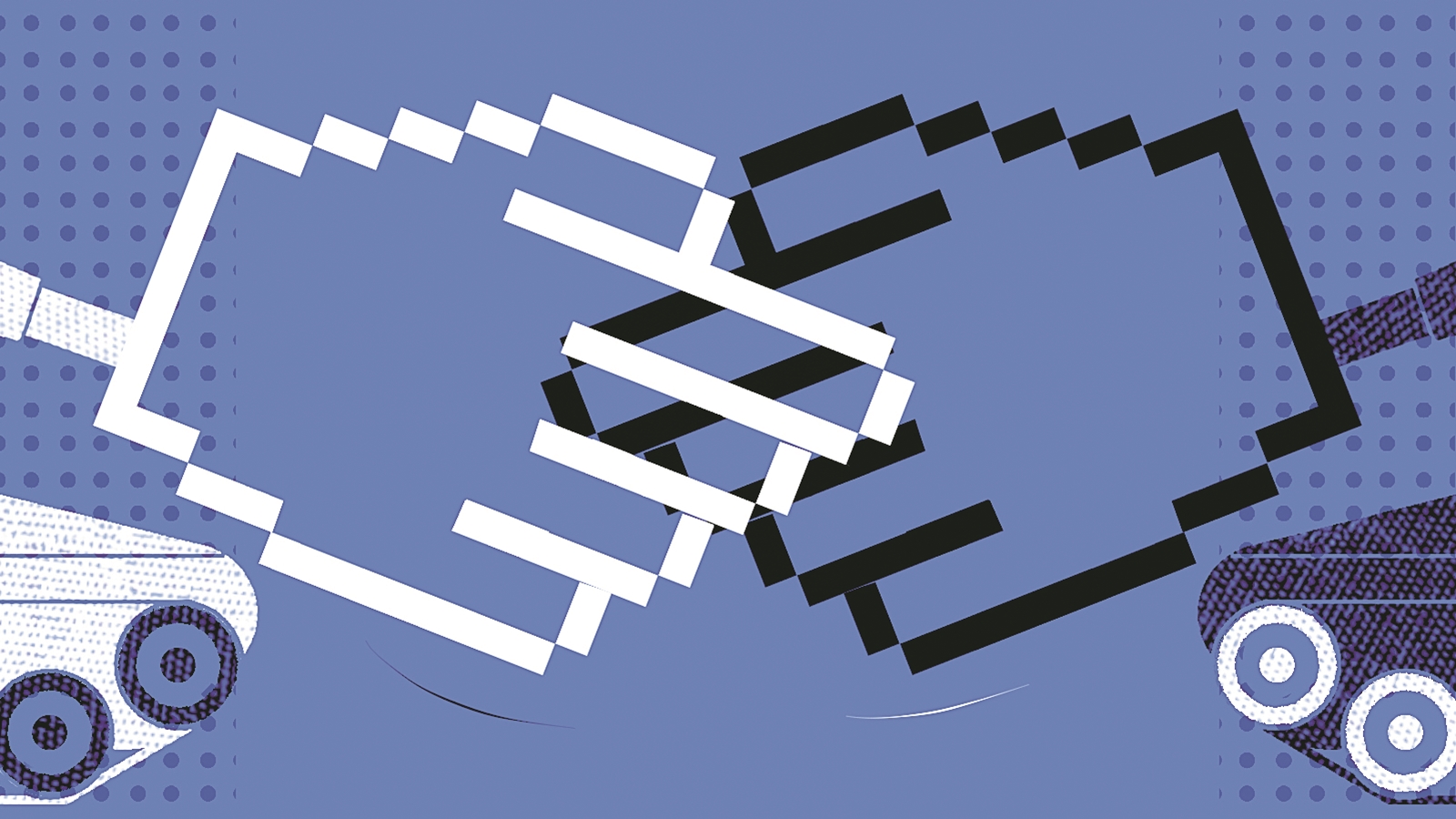Preferrred Court docket ruling on kid sexual abuse subject matter may just criminalise standard teenage behaviour
The Preferrred Court docket’s fresh determination to impose consequences for possessing and storing kid sexual exploitation and abuse subject matter (CSEAM) tried to explain inconsistencies in the way in which the problem has been interpreted by means of quite a lot of prime courts. Maximum significantly, it overturned a debatable determination by means of the Madras Top Court docket previous this yr, which quashed prison complaints in opposition to a 28-year-old guy who had downloaded two kid pornographic movies on his telephone. The Madras Top Court docket had in the past held that “mere ownership” of such subject matter didn’t violate the regulation except the individual had actively “used a kid or kids for pornographic functions.” The Preferrred Court docket’s determination rejected this interpretation and followed a broader interpretation of the related prison provisions.
On the centre of this determination is the problem of ownership, which the court docket has put a keep on. The Court docket conclusively held that this amounted to prison legal responsibilityThe judges concluded that now not simply bodily ownership, however “positive ownership” – that means the facility to keep watch over the fabric, blended with wisdom of that keep watch over – would fall beneath Phase 15 of the Coverage of Youngsters from Sexual Offences (POCSO) Act, although the individual didn’t actively produce or distribute the fabric.
At the floor, this turns out transparent and evident. However on nearer inspection, the verdict does what all rules on sexual violence are incessantly pressured to do nowadays: it is going too critical with out absolutely bearing in mind the specific have an effect on at the other people it is making an attempt to give protection to. The reason supplied is in line with vast, populist, techno-phobic stereotypes. Like many stereotypes, a couple of fig leaves of reality difficult to understand the vacancy the place there must be nuance and credibility. This determination, in its reductive means, would possibly in the end fail to result in significant exchange for the sufferers of CSEAM.
The largest omission is that the Court docket fails to take into accout the behaviour of youth within the virtual age. Teenagers these days are an increasing number of exploring their identification and sexuality on-line, incessantly sharing consensual intimate pictures. Sharing intimate pictures has turn into a standard a part of forming relationships for everybody, and that comes with teenagers. But, the Court docket’s determination makes no difference between consensual sexting between minors and exploitative content material. By means of lumping all forms of pictures into the similar class, the verdict dangers criminalising standard teenage behaviour.
In September 2023, a record on “Age of Consent beneath the Coverage of Youngsters from Sexual Offences Act, 2012” launched by means of the Regulation Fee of India had already really helpful that consensual alternate of intimate subject matter between kids must be treated sensitively and now not criminalised. Even the Leader Justice of India had made public statements supporting a nuanced method to the age of consent. Instances criminalising “consensual” teenage love have so careworn the POCSO programs and beaten them to such an extent that it has turn into tough to prioritise critical instances. However as is most often the case when “era” turns into an element, this judgment fails to glue the ones dots.
The judgment’s forceful name that courts must “display no leniency” in instances of constructing or disseminating CSEAM sounds hole and destructive when implemented to minors. Such rhetoric ignores the developmental and emotional complexities of formative years and could have far-reaching, destructive results on younger other people.
The verdict additionally generalises the have an effect on of CSEAM on sufferers, emphasising that being depicted in such subject matter leaves lifelong scars on kids. Whilst it’s simple that CSEAM could have devastating results, the Court docket’s presentation of all kids as similarly susceptible fails to seize the various realities of abuse. Youngsters’s stories of trauma range relying at the severity of the incident, get admission to to high quality fortify, circle of relatives dynamics and mental resilience. Now not each kid whose personal subject matter is leaked suffers irreparable hurt; many kids in finding techniques to manage and recuperate, and now not all stories lead to “long-lasting results”. Such categorisations and terminology are damaging to the braveness and perseverance of numerous sufferers and survivors.
In a similar way, the verdict takes a vulnerable view of those that devour CSEAM, assuming that each one audience have a “need” to dedicate additional abuse and that viewing such subject matter “would possibly desensitize folks to the horrors of kid abuse, main them to hunt out extra excessive types of exploitation and even dedicate acts of abuse themselves.” This “monkey sees, monkey does” assumption oversimplifies human conduct and intent. Later within the determination, regulation enforcement and different stakeholders had been presented to the perception of correcting formative years stuck up in CSEAM intake by means of teaching them about problematic sexual conduct. Such interventions stay speculative at absolute best.
In truth, what’s incessantly labeled as CSEAM content material can vary from critical types of sexual violence to mundane content material comparable to reflect selfies. In some instances, the principle hurt could also be brought about now not by means of the content material itself however by means of its leaking and the loss of consent about its leaking. The binary framework of judgments of excellent as opposed to unhealthy, perverted predator as opposed to blameless sufferer leaves little room for an emphasis on consent, kid construction and age-appropriateness. Such an emphasis would now not simplest have ensured coverage of rights and firm but in addition ensured {that a} kid of 17 years and 364 days does now not stand to lose coverage the very subsequent day. This kind of consent and agency-based means would were way more victim-centric in the end.
The Court docket’s emphasis on obligatory reporting beneath POCSO may be crucial function. Ever for the reason that POCSO Act got here into drive, civil society organisations running with kids were time and again known as upon and wondered to make sure that each case of sexual crimes in opposition to kids is reported to the police. But, little consideration has been paid to what occurs after those reviews are filed. From Kolkata to Badlapur, the reaction of regulation enforcement businesses is incessantly filled with delays, sufferer blaming and evasion of accountability. Necessary recording of crimes beneath POCSO is in all probability the most important lacuna that must be fastened.
The verdict additionally requires a technological platform for reporting CSEAM instances to the native police. If that is to be thought to be a sensible answer, it will be important to audit whether or not native police stations are supplied to care for prime volumes of proceedings and determine sufferers in a touchy approach. Will this make the method of justice extra streamlined or build up the weight at the device?
The verdict makes a speciality of victim-centred processes. That is commendable, however it would were higher worded. The Court docket’s center of attention at the vulnerability of kid sufferers ignores probably the most necessary facets of sufferer fortify: content material removing. For plenty of of CSEAM’s sufferers, probably the most pressing want is instant removing of offending content material, now not prison motion or counselling. Many instances reported to our helpline for kids in peril on-line come after the sufferer has tried to means the police. Every now and then an FIR is filed, however the content material stays on-line.
That is symptomatic of the prison justice device from the courts downwards when coping with instances of sexual crimes in opposition to kids. The device is geared against catching the perpetrator, nevertheless it does now not make room for bearing in mind the personal tastes of the sufferer. This can be a hole within the device that must be addressed urgently, however the judgment overlooks this necessary facet.
In any case, the judgment appropriately requires the time period “kid pornography” to get replaced with the extra correct “kid sexual exploitation and abuse subject matter” (CSEAM). This is high-quality, however the shift in terminology that has been fuelled by means of this pressure of progressiveness and consciousness of the problem must were carried ahead.
The judgment touches upon facets of sexual schooling and consent, and flags them as necessary problems to be addressed for common consciousness. Then again, with regards to implementation of the regulation, the judgment totally ignores the complexities of adolescent behaviour, consent, and the inefficiencies of regulation enforcement. This creates a misplaced alternative for significant, context-sensitive coverage for kids.
This isn’t only a prison factor, however an existential factor for each Indian adolescent. Now not having the best to apply one’s standard organic wants in keeping with one’s age may be oppression.
The creator is co-founder and director, Rati Basis
Supply hyperlink
#Preferrred #Court docket #ruling #kid #sexual #abuse #subject matter #criminalise #standard #teenage #behaviour





